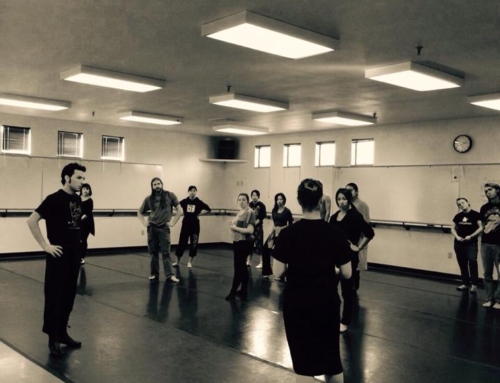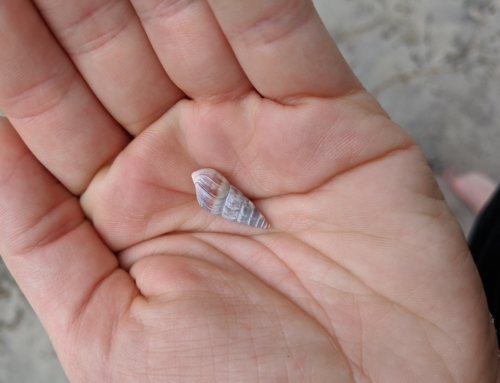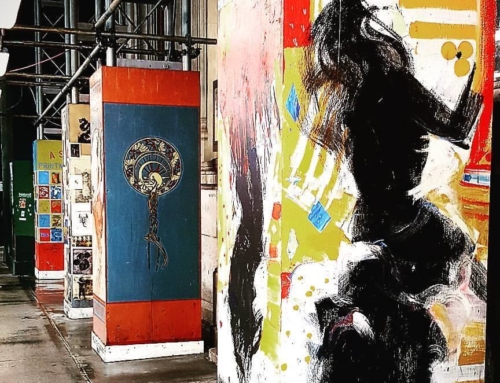My fellow students and I discussed the above question during one of our seminars last week. To be honest, the question is vague, which makes it all the more interesting to answer. I thought I would share some of my thoughts, most of which are questions that I don’t yet have answers to.
When I think about sustainability, I am reminded how dancers are constantly fighting to defend our art form–we have to prove dance is valuable, that it takes a great deal intelligence, and that it merits investment (time and money). In a world where arts funding constantly diminishes, how do we keep dance afloat, and not just afloat, but thriving? To answer that, I am brought to the idea of community. I don’t know where to go with that though. Building communities through dance, reaching out to underserved communities–this vague term “community” lets dance flourish.
I think of sustainable farming; we are slowly coming back to the idea that smaller often yields better quality and sustainability. So how does that idea translate to dance?
I think of the flamenco community in New York: each teacher has a following and therefore their own small communities. These groups inter-mix to some extent, though not as much as I wish. Because there is no centralized flamenco studio, the communities are dispersed, rarely coming inot contact with one another. Creating a following as a teacher builds community, but it shouldn’t be tied 100% to the a single person–that’s when territorialism can actually bring down the art form, as people close themselves off from what other teachers have to offer.
Mature artists have a responsibility to mentor and help emerging, young artists. Without supporting and handing down experience and knowledge, the dance field will shrink, and the quality cannot be sustained. It can be scary to see a younger generation coming up, but holding back information only hinders dance’s progress. Most successful artists have/had a mentor who supported them in their early work.
Dance inherently creates communities. Or maybe communities naturally create dance forms. There’s a symbiotic relationship; dance is a part of life.
As some people go on the offensive for dance, dance and other fields are often combined–cross-discipline work, both in academia and concert dance keeps dance relevant and broadens the audience. But does that build an appreciation for dance? Or even an understanding of dance? I believe mathematics, architecture, science, literature, and other fields are inherently part of dance; why combine dance with these fields on a superficial level to make dance important to our culture? Why can’t dance exist on it’s own?
Dance also improves communities. Dance therapy works the mind and body to improve the lives of many people, from MS patients to Parkinson’s, from the elderly to the disabled, dance has the unique power to engage mind and body simultaneously. For children, it gives a creative outlet that also teaches discipline, problem solving, pride, and so much more. Maybe if these effects of dance were better understood, we would not have to defend dance’s value.
Dance is a part of life whether it’s recognized as so or not–we’ve all done a happy dance, or a silly dance, or a romantic dance at some point. In some ways, do we need to worry so much about sustaining it, since it’s inherent to society? Yes, I think we do–concert dance, and dance quality, would disappear if we did not constantly work at building it. And then that raises the issue of who has the right to say what is quality and what is not…
Then there is sustainability on the individual dancer’s level. Health and happiness are key to that, along with some kind of financial stability. As an art form that uses (and sometimes abuses) the body, a dancer cannot sustain a career without listening to his or her body’s needs. That means nutrition, cross training, resting, and it also means not burning out. The latter addresses mental health, which can be a challenge when working in a field where we are expected to constantly be pushing our bodies and minds. Resting often means not making money, so dancers have a hard time resting when we need to. It’s always a compromise–do you get a day job so you dance without worrying about money, but then have less time for dance, or do you accept not having a steady pay check to pursue dance to its fullest? Sustainability is a balancing act.









Leave A Comment